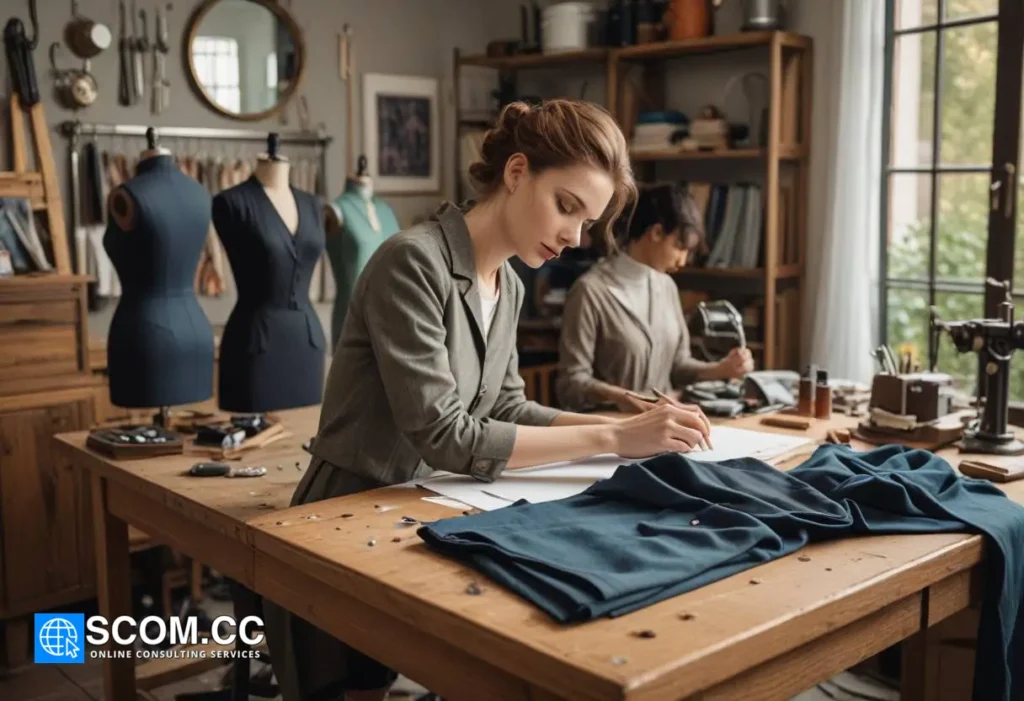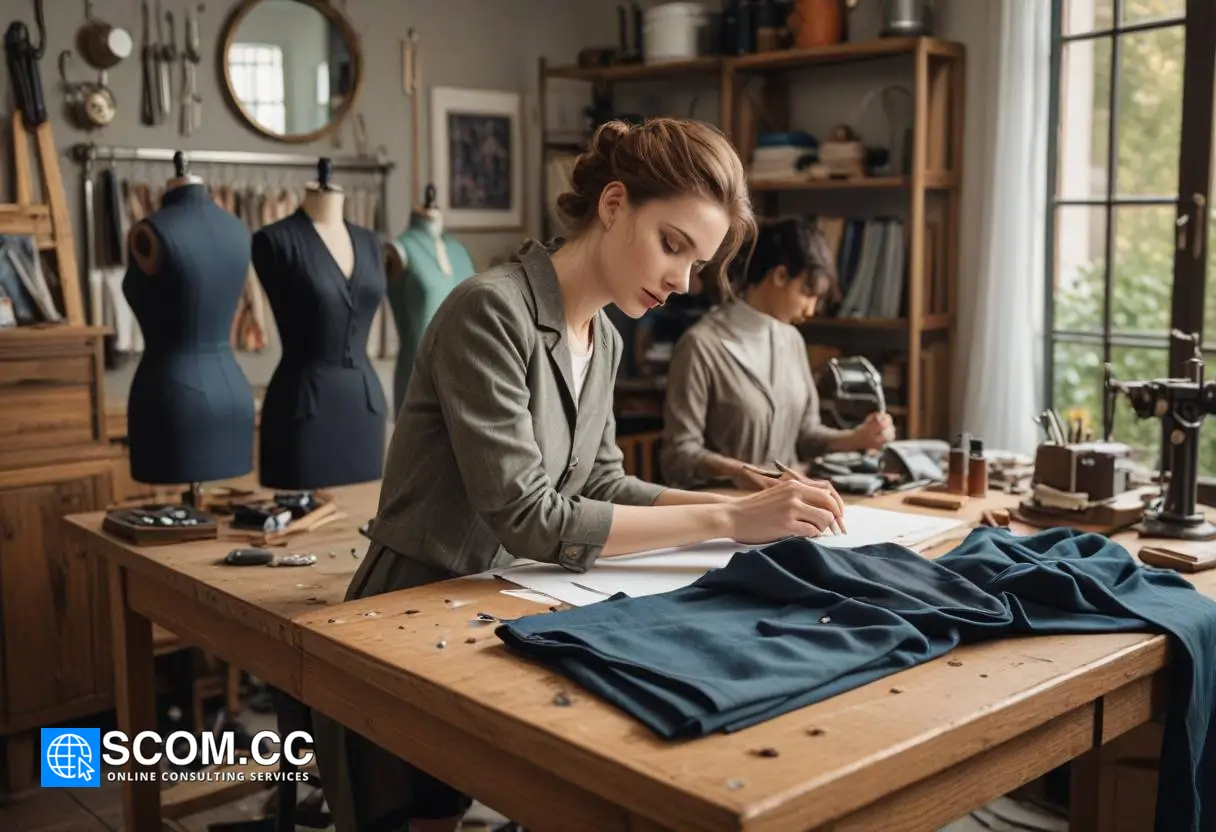Techniques for Creating Sharp and Clean Edges

Techniques for Creating Sharp and Clean Edges
Creating sharp and clean edges is essential in sewing and garment making, as it defines the overall quality and finish of a project. Whether you’re working on garments, home décor, or craft projects, mastering the techniques for crisp edges will elevate your work to a professional level. This guide provides comprehensive techniques to achieve impeccable edges, ensuring your projects look polished and sophisticated.
Understanding Edge Finishing
1. The Importance of Clean Edges
Clean edges are crucial for both aesthetic appeal and durability. Well-finished edges prevent fraying, maintain the garment’s shape, and enhance the overall look of the project. Understanding the role of edge finishing techniques helps in selecting the best method for each fabric and project.
2. Types of Edge Finishing
- Hem: The folded and stitched edge at the bottom of garments.
- Binding: A method that covers raw edges with a strip of fabric.
- Piping: Decorative trim inserted into seams or along edges.
- Facing: A piece of fabric used to finish raw edges, typically in necklines and armholes.
Techniques for Sharp and Clean Edges
1. Sewing Machine Techniques
A. Using the Right Needle and Thread
- Needle Selection: Choose a needle that matches your fabric type. For instance, use a universal needle for most fabrics and a ballpoint needle for knit fabrics.
- Thread Choice: Opt for high-quality polyester thread for durability. Match the thread color to the fabric for a seamless look.
B. Adjusting Stitch Length and Tension
- Stitch Length: Use a shorter stitch length for more precise and secure edges. A length of 2.5 mm to 3 mm is generally ideal for most seams.
- Tension Settings: Adjust the tension settings on your sewing machine to ensure stitches are evenly formed and that the fabric lies flat.
C. Using a Seam Guide
A seam guide helps maintain a consistent seam allowance and ensures straight, clean edges. Many sewing machines have built-in guides, but external ones can be added for additional precision.
2. Edge Finishing Techniques
A. Serger/Overlocker
- Serger/Overlocker: This machine trims and finishes edges simultaneously. It uses multiple threads to create a clean, professional edge and prevent fraying.
- Threading and Tension: Properly thread your serger and adjust tension settings according to the fabric type. Practice on scraps to achieve the best results.
B. Zigzag Stitch
- Zigzag Stitch: Use a zigzag stitch on your sewing machine to finish raw edges. Adjust the stitch width and length based on the fabric’s thickness.
- Application: Ideal for finishing edges on woven fabrics or for sewing knit fabrics without a serger.
C. Bias Tape Binding
- Bias Tape: Bias tape is a strip of fabric cut on the bias (diagonal) that wraps around the raw edge. It provides a clean finish and adds a decorative touch.
- Application: Fold the bias tape over the edge, align it, and stitch in place. For a neater finish, press the tape before sewing.
3. Pressing Techniques
A. Using a Tailor’s Ham
- Tailor’s Ham: Use a tailor’s ham to press curves and seams. Its rounded shape helps to shape the fabric properly, especially in areas like armholes and waistlines.
B. Pressing Cloth
- Pressing Cloth: Protect delicate fabrics with a pressing cloth. Place it between the fabric and the iron to prevent shine and damage.
C. Steam and Heat Settings
- Steam: Use the steam function on your iron to help set seams and remove wrinkles. Adjust the heat settings according to the fabric type to avoid scorching.
4. Specialty Finishes
A. Hong Kong Finish
- Hong Kong Finish: This technique involves using bias tape to encase raw edges, providing a clean and professional look. It is commonly used in garment linings and hems.
B. Flat-Felled Seams
- Flat-Felled Seams: This technique involves folding and sewing the seam allowances to create a strong, flat seam. It’s commonly used in jeans and workwear for durability.
C. Piping
- Piping: Adding piping to edges can enhance the garment’s design. It involves sewing a cord into the seam allowances and covering it with fabric to create a decorative finish.
Troubleshooting Common Issues
1. Fraying
- Cause: Fraying often results from inadequate edge finishing.
- Solution: Use a serger or zigzag stitch to secure raw edges. Consider applying fray check for additional protection.
2. Uneven Edges
- Cause: Uneven edges can occur from inconsistent stitching or improper cutting.
- Solution: Ensure accurate cutting with sharp scissors or a rotary cutter. Use a seam guide for consistent stitching.
3. Fabric Shifting
- Cause: Fabric shifting can occur during sewing, leading to misaligned edges.
- Solution: Use pins or fabric clips to secure layers and prevent shifting. Stitch slowly and carefully to maintain alignment.
Conclusion
Creating sharp and clean edges requires a combination of proper techniques, tools, and attention to detail. By implementing these methods, you can achieve professional-looking results in your sewing projects, enhancing both the durability and appearance of your garments. Mastering edge finishing techniques not only improves the quality of your work but also boosts your confidence in sewing.

To explore more about tailoring, visit our Blog of Tailoring. If you have any questions or need assistance, go to our contact page. Additionally, you can find more information about tailoring and consulting at this tailoring and consulting portal.

Leave a Reply